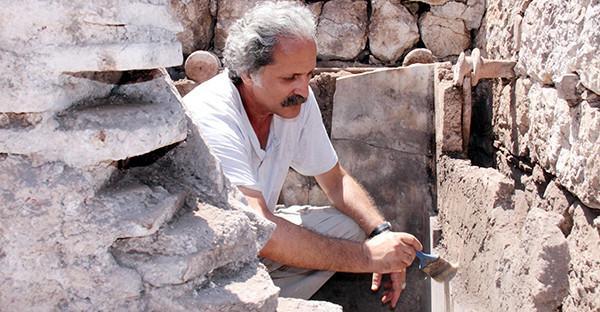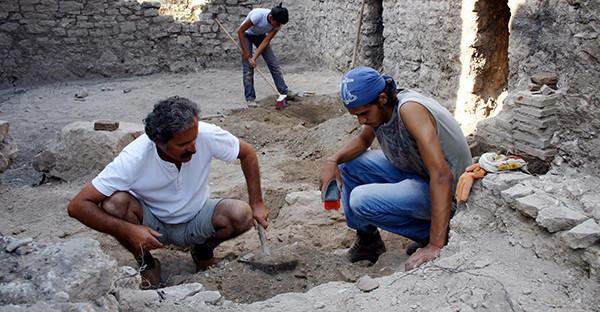Veteran Turkish academic says he is ‘married to archaeology’
ANTALYA - Doğan News Agency

DHA Photos
Professor Nevzat Çevik is one of the most renowned names in archaeology, having worked in the field for 34 years. The Mediterranean University Faculty of Literature Archaeology Department academic has conducted much of his work in Turkey’s historically rich Mediterranean region, and explains his passion by saying he is “married to archaeology.”

Çevik started his university education in 1981 and became a professor in 2002. He did his first field work in the Eastern Anatolian region.
“I completed my doctorate by visiting the ancient Urartian centers around the modern provinces of Bitlis, Van, Erzurum, Muş, Ağrı and Elazığ, learning about the Persian Age cultures in every village and every mountain. When I finished my doctorate, Professor Fahri Işık formed the Archaeology Department at the Mediterranean University and I started working there in the classical archaeology field,” he told Doğan News Agency.
Çevik began his first archaeology work in 1988 with Işık in Patara, once a flourishing maritime and commercial city on the southwest coast of Lycia on the Mediterranean coast of Turkey. He then conducted surveys in the mountains of the Teke Peninsula and the Lycian valleys and coasts.
“In 2002 we made a surface survey with a team in the Beydağları Mountains. Antalya’s mountains are far from empty: We have found hundreds of remnants there from the Classical Age to the Byzantine era,” he said.
Çevik later started the Rhodiapolis excavations in 2006 in the Kumluca district of Antalya.
“The wall of Opramoas’ mausoleum has the longest ancient Greek inscription in Anatolia. Rhodiapolis had its heyday in the time of Opramoas, who was an emperor and high priest. We also unearthed the Lycian Asklepeion [hospital] in those excavations. The famous doctor Herakleitos lived in the 2nd century and built a hospital. As well as objects, we also discovered the remains of people who lived there during our work,” he said.
Myra-Andriake excavations Çevik then initiated the Myra-Andriake excavations in 2009 in Demre, unearthing a harbor, a theater and many other buildings over the course of four years. However, in 2013, the Culture and Tourism Ministry discharged Çevik from the Myra excavations over financial irregularity claims, handing over the excavations to the Antalya Museum Directorate.

“I’m an academic and I do archaeology even though I don’t always go to the excavation sites. The mistake has been fixed and we will continue excavations again soon,” he said, adding that Turkey should “protect its academics and scientists more.”
“We are proud of Turkish Nobel laureate scientist Professor Aziz Sancar, who lives and works in the U.S. But I’m not sure whether he would have received this prize if he was in Turkey. Turkish scientists should not be blocked from doing their work,” Çevik said.
“Turkey has richness in every layer. This richness is different in every corner of Anatolia: Saint Nicholas, the Halicarnassus Mausoleum, the Temple of Artemis, Göbeklitepe, Mount Nemrut, Harran, and others. Turkey has no rival in terms of cultural tourism,” he said, adding that archaeology exposes links between the chains of history.
“For example, we excavated a 2,000-year-old grave in Patara but there we also found a skeleton from the late Ottoman era. It was a woman with a chained foot, maybe she had been punished. There was also a skeleton of her miscarried baby between her legs, suggesting that it was an illegal pregnancy. We are looking for traces of everything that witnesses the world’s pain and suffering,” Çevik said, describing the “extraordinary feelings” of an archaeologist working in the field.
“You’re touching an artifact created by people 2,000 years ago for the first time. Our fingerprints are meeting the fingerprints of those people. You’re witnessing the other’s life, shedding light on something,” he added.
Projects enriching Antalya Speaking about current projects in the works in Antalya, Çevik particularly mentioned the Edvirhan project, a 800-year-old Seljuk artifact.
“Its excavations have been completed and we are collaborating with the Döşemealtı Municipality. We will restore it and turn it into a cultural center with two boutique museums inside. There is another project that we are working on with the Antalya Museum, in which we will unearth the ancient olive oil production city Lyrboton Kome in Varsak. The St. Stephanos Church in Varsak was a pilgrimage center in the ancient era, and excavating this church is also part of the project,” he said.
Çevik also attaches great importance to the Women’s Museum, for which works have been overseen by the Antalya Promotion Foundation (ATAV).
“We have created an active, dynamic, sharing atmosphere. The goal is to contribute to women getting the power and respect they deserve,” he said.
Book on St Nicholas and photo collectionÇevik has also amassed a rich photography archive of 34 years of work, which he plans to use once he finally retires.
“After retiring I will continue my scientific and literary writings. I want to write a novel on the life of St. Nicholas. I have previously submitted some of my photos to joint exhibitions but I have so far never been able to open a solo exhibition as I have no time. But I have a very good collection,” he said.
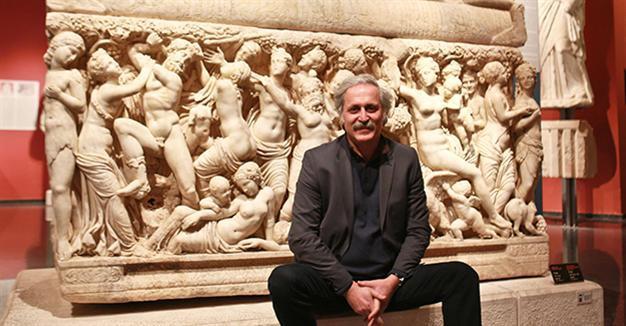
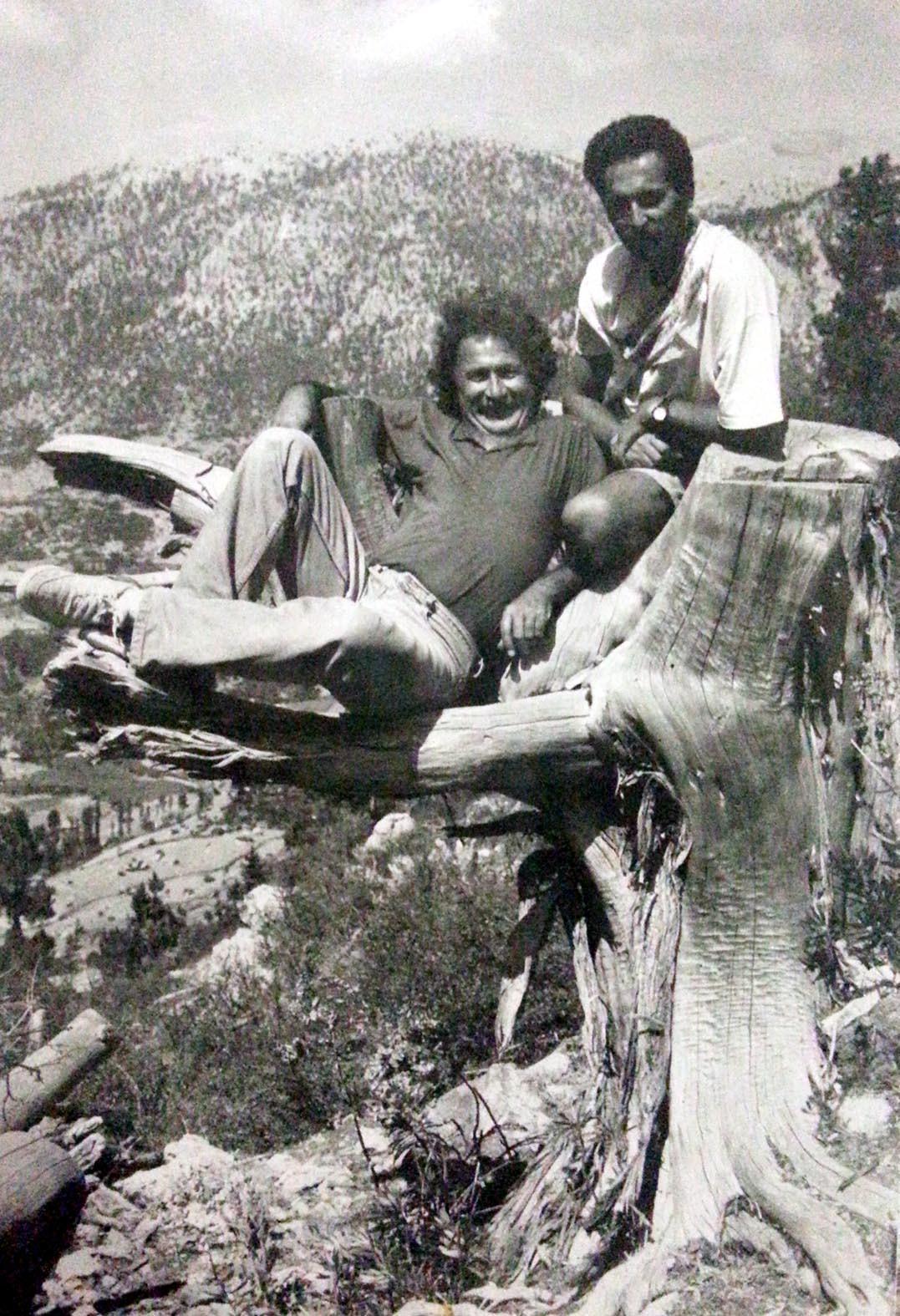 Çevik started his university education in 1981 and became a professor in 2002. He did his first field work in the Eastern Anatolian region.
Çevik started his university education in 1981 and became a professor in 2002. He did his first field work in the Eastern Anatolian region. 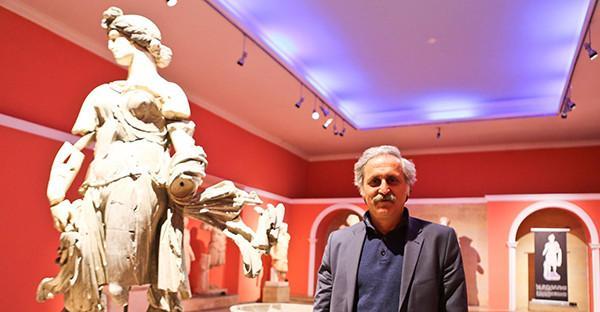
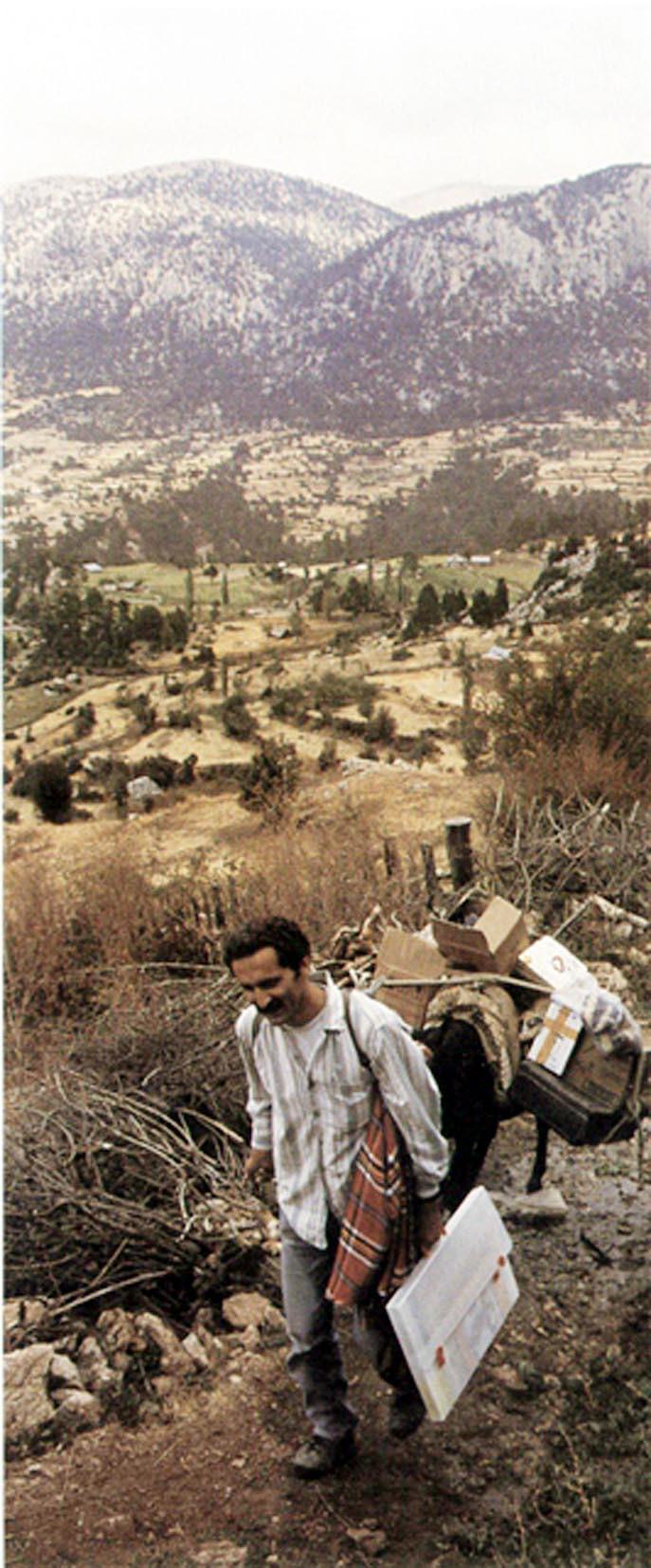 “I’m an academic and I do archaeology even though I don’t always go to the excavation sites. The mistake has been fixed and we will continue excavations again soon,” he said, adding that Turkey should “protect its academics and scientists more.”
“I’m an academic and I do archaeology even though I don’t always go to the excavation sites. The mistake has been fixed and we will continue excavations again soon,” he said, adding that Turkey should “protect its academics and scientists more.”